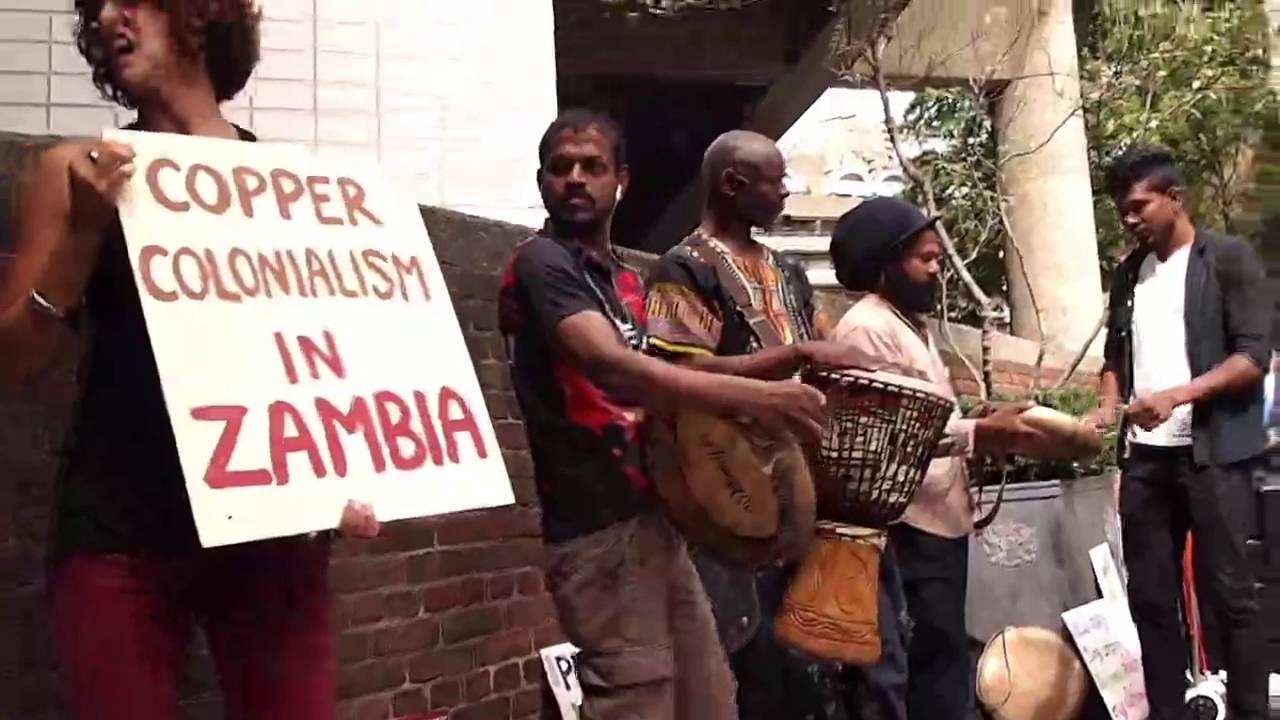Chhotelal Kumar
In general, Adivasis are also known as Tribals, as Aboriginal or Autochthonous people, or Vanvasi. The tribal population of the country, as per the 2011 census, is 104.3 million, constituting 8.6% of the total population. And only 10.03 % of the population live in urban areas. Several scholars have classified the tribal population—like renowned sociologist Ghanshyam Shah categorized them as Frontier Tribes and Non-Frontier tribes, or the ones who live in the North Eastern States of India and share boundaries with neighboring countries, or the others who inhabit in the mainland of the country. But according to population percentage, more than 80% of the Tribal population reside in the mainland.
The Indian constitution identifies 705 scheduled tribes in the country, but sociologist Xaxa argues there are only 461 tribal communities in the country. In addition to granting them equal rights as citizens, the constitution made special provisions for them: ranging from the statutory recognition as Scheduled Tribes (Article 342), ‘proportionate representation’ in the Parliament and State Legislatures (Article 330 and 332), reservation in state employment (Article 16-4) and institutions of higher education, to provisions empowering the state to bring the areas, inhabited dominantly by tribes, under special treatment for administrative purposes. In the backdrop of these constitutional provisions, Xaxa categorized different measures taken by states for their upliftment into three categories: protection, reservation, and development.
In the above discussion, I have mentioned the tribes of India in general. To be more specific, mainland tribes commonly refer to themselves as ‘Adivasi’ rather than tribes, while frontier tribes refer to themselves as ‘Tribes’ rather than Adivasi. And even the Indian Constitution makes a distinction between them through the Fifth and Sixth Schedules: the former for Adivasis and the latter for Tribals respectively. The provisions of the Fifth Schedule deal with the promotion of welfare and advancement of Scheduled Tribes and the administration of Scheduled areas. And under this schedule, there is the provision of Panchayat Extension to Scheduled Areas but this has proven lackluster, and still, only six states have implemented this act. The Sixth Schedule has provision for the formation of Autonomous District Councils, which are autonomous bodies to carry out local level governance.
To compare the Adivasis and Tribals, the Tribals of North Eastern states have done much better on several indices than their counterparts, the Adivasis in mainland states. In one of the recent National Sample Survey Office (NSSO) reports (55th Round) it was found that in almost all mainland states, the poverty level was higher than in the North Eastern states. The poverty level was below 20 percent in North-Eastern states and it was higher in mainland states where in some states it was more than 50%. About literacy levels, the literacy rate of Adivasis is not above 58% in any of the mainland states; whereas in the North East, except Arunachal Pradesh (64.6%), all states have a literacy rate above 72%. These are just two important indicators to indicate how wide are the disparities between Adivasis of the mainland and Tribals of the North East.
But the question remains: why are there such disparities?. The reasons can be easily found. In the case of the North Eastern States, the following elements have contributed towards the betterment of Tribals, such as first, early exposure to modern education due to contact with Christian missionaries, and this raised their education level. This further helped them to articulate their demands for rights in a better way. Second, the absence of displacement because of mining and land acquisition didn’t make them vulnerable. Third, Tribals make up a large percentage of state populations. For example in Northeastern states, no state has a Tribal population below 60 % except Manipur (which has more than 35%). While in the case of mainland states none has more than 30% tribal population. Fourth, Tribals of North Eastern states have had very little interaction with Hindus which further saved them from domination. Xaxa argues that close interactions with Hindus led to the assimilation of Adivasis, and it further jeopardized their political, economic, and social space. Fifth, having no borders any neighboring countries, Adivasis became very less assertive of their identity. While in the case of Tribals it was just the opposite. They very strongly asserted and protected their identity.
These things make North Eastern tribes better off than their counterparts in the mailand on development indices. But this doesn’t mean we will always have such huge disparities, I think with smart policymaking, the Indian government can uplift Adivasis. Like giving them more autonomy to govern themselves (implementing provisions of Autonomous District Council to Fifth Schedule Areas too), ensuring better representation in decision making and government, protection of their rights over forest and lands, and minimizing displacement of Adivasis from mining, and many more such policies. It all depends on the will of the government.
Ulgulan Zindabad!
~
Chhotelal Kumar has done his Masters in Political Science from the Centre for Political Studies Jawaharlal Nehru University, New Delhi. He has research interests in Adivasi politics and has started to read extensively on the topic.










